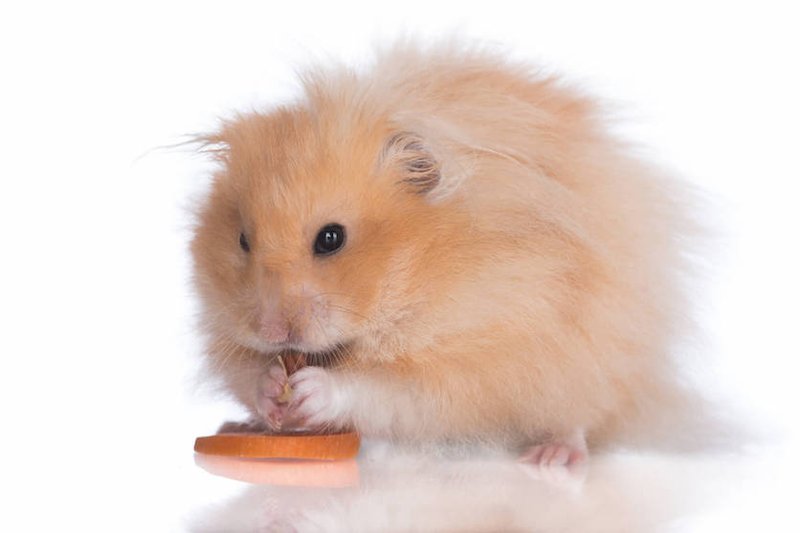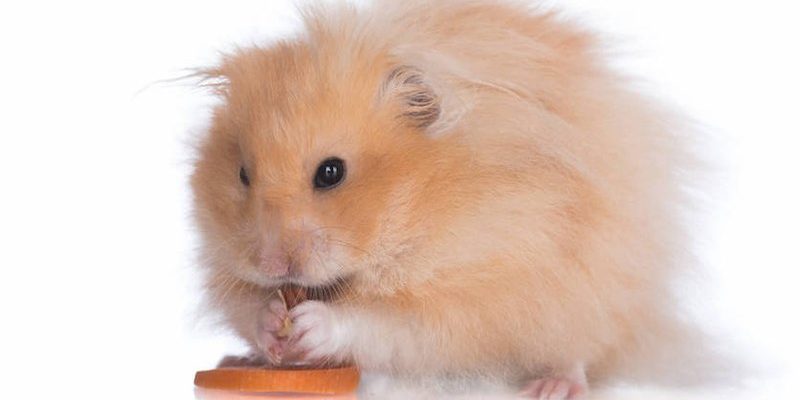
Teddy Bear hamsters, often known as Syrian hamsters, are famous for their adorable, plush coats and friendly personalities. But breeding them requires more than just love and good intentions. It’s a step that comes with responsibilities, too. You might be wondering what it takes, so grab your favorite drink, and let’s chat about the essentials of breeding these charming little creatures.
Understanding Teddy Bear Hamsters
To start, let’s get a handle on what makes Teddy Bear hamsters unique. These little furballs are known for their soft, fluffy coats that come in various colors. They typically weigh between 4 to 7 ounces and can live around 2 to 3 years. Their friendly nature makes them ideal pets, especially for beginners.
One key thing to note is that they are *solitary animals*, meaning they prefer to live alone. This trait is vital when considering breeding. If you think of them like delicate flowers, they thrive best when they have their own space. This individuality shapes how we need to approach breeding to ensure their well-being.
When it comes to breeding, it’s essential to understand the basics of their genetics too. Teddy Bear hamsters can have different color variations, and some of these traits can be passed down to their offspring. Understanding these patterns can help you plan for what colors and characteristics you might want in your future hamsters.
Preparing for Breeding
Before diving into the breeding process, preparation is key. First, you need to ensure you have a healthy pair of Teddy Bear hamsters. Proper care, including a balanced diet and a clean living environment, will set the stage for successful breeding.
Start by selecting a male and female hamster that are at least 4 months old, as this is when they reach sexual maturity. It’s like looking for the right dance partners; they need to be ready! Make sure both hamsters are healthy and free from any medical issues. A quick trip to the vet for a health check can give you peace of mind.
Next, you should set up a breeding cage that’s spacious and comfortable. A large cage with plenty of bedding, hiding spots, and toys is perfect for your hamsters to feel secure. Here’s the thing: creating a cozy environment makes a big difference in their stress levels during breeding.
The Breeding Process
When you’re all set up, it’s time for the actual breeding process. Introduce the female hamster to the male’s cage rather than vice versa. This approach helps reduce territorial behavior. You’ll want to keep a close eye on them, especially during their first meeting.
Typically, the female will be more accepting of the male if she feels safe in her surroundings. According to reports, breeding often occurs in the early evening when hamsters are most active. After a successful mating, the female hamster will usually become pregnant within a few hours.
Pregnancy in hamsters lasts about 16 to 18 days. During this time, it’s crucial to provide the female with proper nutrition and a safe space to nest. Stress can lead to health issues or even a failure to deliver. You might see her creating a cozy nest; this is her way of preparing for her babies.
Caring for Pregnant Hamsters
Caring for a pregnant hamster can be both an exciting and challenging experience. As her owner, it’s essential to ensure she has access to high-quality food and fresh water. Foods rich in protein, like boiled eggs and fresh vegetables, can help her stay healthy as she prepares for the arrival of her pups.
It’s also important to limit handling during this time. While it’s tempting to interact with her, keeping stress to a minimum is critical. You might find it helpful to observe her behavior from a distance. If she seems particularly restless, it could be a sign she’s getting close to giving birth.
Moreover, ensure her cage is clean but avoid any major changes in her environment. Too much disruption may cause her anxiety, which is something you’ll want to avoid. Remember, a calm hamster will be a more successful mom.
Welcoming Baby Hamsters
Once your pregnant Teddy Bear hamster gives birth, a new world of responsibilities opens up. Typically, a litter can range from 4 to 12 pups, but each pregnancy may vary. You’ll want to observe the mother and her babies from a distance for the first few days to give them time to bond.
Baby hamsters are born hairless and blind, relying fully on their mother for warmth and nourishment. Within a week, you’ll see their tiny fur starting to grow, and they’ll be opening their eyes shortly after. It’s super cute, but also a vital time for the mother, who will need extra food and care.
After about 3-4 weeks, the pups will begin to explore their surroundings and even eat solid food. At this stage, you’ll want to monitor their growth and health closely. If you notice any issues, be ready to seek veterinary advice. Keeping an eye on their behavior will give you clues about their well-being.
Finding Homes for Baby Hamsters
When it’s time to find homes for your baby hamsters, it helps to plan ahead. Ideally, you’ll want to wait until they’re about 8 weeks old before separating them from their mother. This timeframe gives them enough time to learn essential survival skills and social behaviors.
You can reach out to friends, family, or even local pet stores that might be interested in adopting them. Just be sure that potential owners know what it takes to care for hamsters. This responsibility doesn’t end once they’re adopted, so sharing tips about their care can help them avoid common mistakes.
Another option is to consider keeping some of the babies for yourself. Raising them can be a joy, and they can continue the legacy of your Teddy Bear hamster family. Just remember, if you choose to keep multiple hamsters, you’ll need to manage their living arrangements carefully to avoid fights.
Common Challenges in Breeding Teddy Bear Hamsters
While breeding can be rewarding, it’s not without its challenges. One of the most common issues is *unexpected pregnancies*. For example, if you’re not careful with the timing of introductions, a female can become pregnant sooner than expected. This is a classic rookie mistake; even the most seasoned breeders can face this challenge!
Stress can also play a significant role in breeding success. If your hamsters aren’t feeling safe or comfortable, they may not breed, or the female may abort her litter. It helps to monitor their environment and make adjustments as needed. Create a calm, nurturing atmosphere, and give them space to thrive.
Lastly, you might encounter health problems with either the mother or her pups. Regular vet check-ups and being observant for signs of illness, like lethargy or poor appetite, can help catch issues early. If something seems off, don’t hesitate to reach out to a vet. Early intervention can make all the difference!
Breeding Teddy Bear hamsters can be a fulfilling experience if you go into it with knowledge and preparation. From understanding their unique traits to providing a nurturing environment for new babies, there’s a lot to consider. Carefully planning every step, from selecting your breeding pair to finding homes for the babies, will ensure a smoother journey.
Remember, it’s not just about creating cute little hamsters. It’s about being responsible and caring for each life you bring into the world. If you ever feel unsure, there are plenty of resources and communities of animal lovers ready to help. Enjoy the process, and watch as your furry family grows!

